How to Get a Book Published Without an Agent
HIT PLAY OR READ THE POST BELOW:
While many authors dream of getting their book published by a Big Five house, there is a huge publishing landscape outside of the Big Five, and any aspiring author should know about it. These publishers can open up more opportunities for you to get published — potentially even without an agent — and could offer a different type of experience for you as the author. So, if you want to be traditionally published, it's really not Big Five or bust. There are so many other amazing publishers out there who are doing incredible work and who could offer your book a perfect home.
Today, I'm going to talk about two lesser-known sides of the traditional publishing industry — midsize publishers and indie presses — and discuss the pros and cons of going with one of these types of publishers over the Big Five.
Midsize Publishers
Let's start by talking about midsize publishers. These are the publishers that fall just under the Big Five in terms of size. They are still traditional publishers, which means that you will not pay anything to get your book published, and you will have access to their entire editorial, sales, marketing, and design teams. These publishers tend to have a smaller list of titles because they're not as large as a Big Five house, and they often focus on specific genres or niches. That said, they may still be big enough to have different imprints that specialize in different genres.
Some examples of midsize publishers include:
Kensington
Chronicle
Sourcebooks
Scholastic
Amazon Publishing (not their self-publishing platform, but their traditional publishing branch)
Something to know is that these publishing houses may not necessarily require you to have an agent to submit to them. Some do accept manuscript submissions directly from authors, so if you’ve been wondering how to get a book published without an agent, this could be a good option for you. As of writing this post, Kensington does accept unagented manuscripts. Chronicle does as well, but Scholastic, Sourcebooks, and Amazon Publishing do require agents.
Indie Presses
Now let's talk about indie presses. This is different from indie publishing, which tends to refer to self-publishing options. An indie press, also known as a small press, is essentially a very small traditional publisher. They are even smaller than the midsize publishers and tend to not have different imprints but specialize in a very specific genre or niche. Many highly regarded indie presses specialize in literary fiction and are very well known in that arena.
These publishers tend to publish only, at max, a few dozen titles per year. Some examples of indie presses are:
Graywolf
Europa Editions
Tin House
Crooked Lane.
Just like midsize publishers, they may or may not require an agent to submit your manuscript to them. As of writing this post, Graywolf, Europa Editions, and Tin House all require agents to submit to them, but Crooked Lane does accept unagented manuscripts. So, this is another option to explore if you’re interested in getting published without an agent.
Pros and Cons of Publishing with a Midsize or Indie Press
Now let's talk about some pros of publishing outside of the Big Five with a midsize or indie press:
They have robust distribution networks: These publishers can still have robust distribution networks, and you can still become a bestselling author through them.
They may be open to more niche books: These publishers may be open to taking on more experimental or unconventional works that present more of a risk for Big Five houses that are focused on more mass appeal. This means they could be a good fit if your book has a very specific type of angle. They can also be a good option if your book has a tie to the local community where the publisher is based. All of the Big Five are based out of New York City, but midsize and indie presses can be found across the country, and they often have strong local ties to the community where they are based.
You may get a more personalized experience: The smaller team of a midsize or indie press could offer you a more intimate and personalized experience, and your book is going to be on a smaller list overall. That could mean that your publishing team is more open to input from you as the author throughout the publishing journey.
Now let's talk about some cons of publishing with a midsize or indie press over a Big Five house:
They can be highly competitive: Because these are still traditional publishers, it is likely still going to be very competitive for you to break in.
They may have fewer resources and offer smaller advances: The biggest con is that these publishers have fewer funds to offer you via the advance, but some do offer higher royalty rates to make up for some of that difference. The Big Five have the most resources and tend to offer the highest advances. In general, a midsize or indie press is not going to have as many resources as a major publishing house, and they may not provide the same marketing muscle, for instance, so your book may not be in as many bookstores.
They need to be carefully vetted: Finally, with a midsize or indie press, it can be difficult to identify a legitimate publisher from a scam. There are many scam publishers out there presenting themselves as traditional publishers, but really they are asking authors to pay for services or they really aren't offering you anything beyond what you can give yourself via self-publishing. As always, do your research on the house and make sure that their list and what they can offer is in alignment with your own publishing goals.
I hope this helped illuminate another side of the traditional publishing industry for you and all the robust opportunities that you have as an author — including some options for how to get a book published without an agent. Thanks so much for reading, and happy writing!






